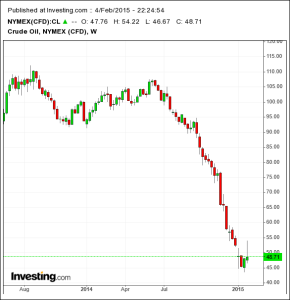This week my plan is to blow you away with the economic practicability of wind energy (ok I’m done with the puns). In my personal opinion I feel that wind is a very solid alternative energy source for the future. The one major point that the energy source has against it is the massive vendetta citizens have about having “eye sores” scattering their backyards. However, this problem is becoming less and less of a problem as overall urbanization takes over the countryside where these turbines are normally placed. This being said, public sentiment is shifting, and I feel that now is the time we will see a massive spike in wind energy.
If we look at the price of wind energy from a cost perspective, it clocks in at around 8.2 cents per kilowatt-hour. In comparison, nuclear and coal costs around 11.3 cents, and natural gas comes in at about 6.2 (https://www.google.com/search?q=cost+of+wind+power+vs+solar&ie=utf-8&oe=utf-8#q=cost+of+wind+power+vs+coal). While this cost of wind energy isn’t outdoing the best performing sources on the market, it is very competitive and due to this I see a massive shift in the future to wind energy.
In addition to this, the relative cost of capital equipment required in order to facilitate a “wind farm” is relatively small on a corporate scale. The cost of a single wind turbine is $3.5 million, which in the grand scheme is chump change for what allows for a constant return on investment (http://ansnuclearcafe.org/2011/01/27/the-economics-of-wind-power/). However, to build a massive facilitate, estimates state that the cost rivals that of a nuclear plant, however due to the economies of scale in place within the wind energy business, increased spending will ultimately result in increased profits.
Now, wind energy farms do provide a bit of risk to hopeful entrepreneurs. According to reason scientific studies, wind energy turbines only end up spinning and average of 30% of the time (http://ansnuclearcafe.org/2011/01/27/the-economics-of-wind-power/). This means that plants that utilize this form of energy could face downturn in times of relatively weak winds in the vicinity of the turbines. While this is a relatively mild risk, it is still something that and investor must think of. In addition to this, margins on the turbines are relatively low, coming in at around 10% (http://www.renewableenergyfocus.com/view/21108/siemens-aims-for-10-wind-business-profit-margin/). If we look at similar businesses, oil and even solar energy blows this profit margin out of the water, so moving forward maintenance cost elimination will be a major goal of corporations utilizing this equipment and hoping to create a steady stream of future profits.
Don’t let that detract from investment however, as one key statistic I would like to point out is the weighted average cost of capital (WACC) that wind energy faces relative to similar energy groups. WACC represents the amount the company must use as a portion of profits to pay off debt, shareholders, etc, and is typically in the 8-10% range. However this graph states that wind energy comes in around 7% on the WACC scale (http://www.greenrhinoenergy.com/renewable/context/economics.php).

While lower WACC’s do exist, one would expect the WACC of wind energy to be higher seeing as the company will take out a lot of debt and utilize cash mostly for wind turbine purchases, but this graph illustrates that this is not the case. This is a major boon for the wind energy industry as a whole.
Despite all of this however, wind energy is currently not the major focus on everyone’s mind. Due to the massively decreased oil prices currently flooding the energy market, the cost of energy and electricity in general has been artificially low. In the present climate of low oil prices, this form of renewable energy is not the main focus of energy companies; the majority of these energy companies are being decimated by the currently low cost of energy driving down revenue growth and profits. However, oil has start to increase, seeing a 10% increase over the past three weeks. This being said, moving forward one should expect increased emphasis placed on these wind energy programs and corporations as oil begins to creep back to the levels we saw years ago at around $4.00 a gallon.
Overall, the future is very bright for this energy source; low capital costs mixed with steady streams of cash offset the relatively low risk present while simultaneously creating a business environment where profits can only go up due to the currently low margins.



